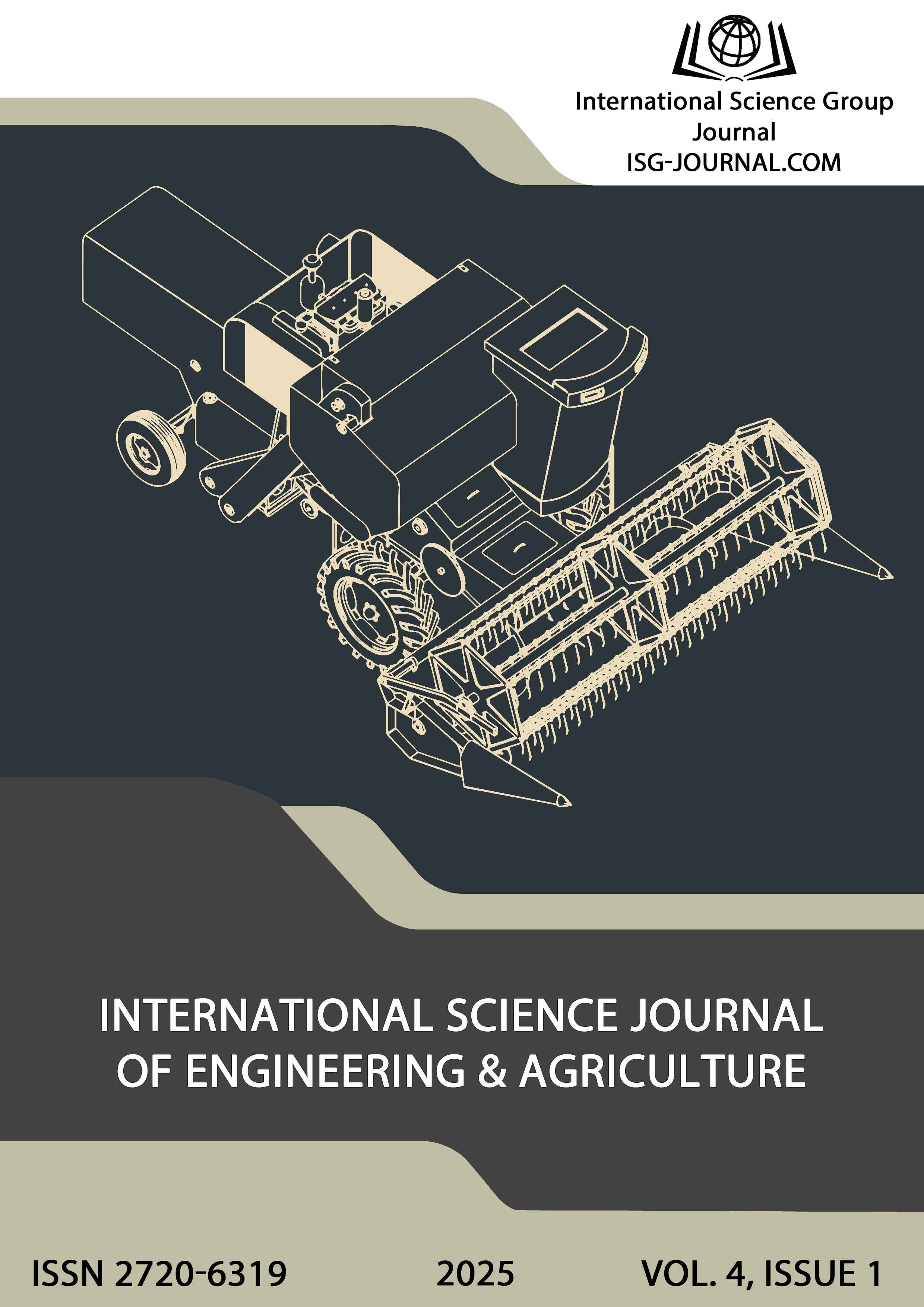Development of principles for merging bibliographic records for the automation of union catalogs
DOI:
https://doi.org/10.46299/j.isjea.20250401.10Keywords:
Merging bibliographic records, Union catalog automation, Bibliographic data, MARC21, UNIMARC, Artificial IntelligenceAbstract
The development of principles for merging bibliographic records for the automation of union catalogs is an important part of improving library information systems, which facilitates easier access to knowledge and information. Given the increasing volume of bibliographic data and the need for its rapid processing, it is crucial to develop effective methods for integrating records from various sources, ensuring accuracy and ease of use. One of the main challenges is the automation of the cleaning and preparation of bibliographic records, which involves converting data from different formats, such as MARC21 to UNIMARC, as well as identifying and correcting errors, including typographical ones. Algorithms are employed to quickly process large datasets and improve the quality of records. A key stage is data comparison to identify duplicate records. The latest artificial intelligence (AI) methods are applied to automatically find similar or duplicate records, considering the context and specifics of each record. The use of such approaches significantly improves search accuracy and reduces the risk of errors when merging data. Data merging is also automated through AI techniques, which helps reduce manual interventions and increase the efficiency of library operations. As a result of this automation, library staff can focus on more critical aspects of their work, such as data analytics, content research, and providing high-quality services to users. The process of integrating data from various sources and formats, especially using AI technologies and machine learning algorithms, enables the creation of union catalogs that meet modern requirements for accuracy, speed, and accessibility of information. This approach allows libraries to significantly enhance the efficiency of their operations by optimizing routine processes and improving user interaction.References
Daquino, M., Peroni, S., Shotton, D., & Colavizza, G. (2020). The OpenCitations Data Model. ArXiv. https://arxiv.org/abs/2005.11981
Bologna, F., Iorio, A., Peroni, S., & Poggi, F. (2021). Do open citations inform the qualitative peer-review evaluation in research assessments? An analysis of the Italian National Scientific Qualification. ArXiv. https://arxiv.org/abs/2103.07942
Bologna, F., Peroni, S., & Poggi, F. (2021). Can we assess research using open scientific knowledge graphs? A case study within the Italian National Scientific Qualification. ArXiv. https://arxiv.org/abs/2105.08599
Buneman, P., Dosso, D., Lissandrini, M., & Silvello, G. (2021). Data citation and the citation graph. Quantitative Science Studies, 2, 1399–1422. https://doi.org/10.1162/qss_a_00166
Färber, M., & Lamprecht, D. (2021). The data set knowledge graph: Creating a linked open data source for data sets. Quantitative Science Studies, (2), 1324–1355. https://doi.org/10.19181/smtp.2023.5.2.4
Giambattista, C., Heibi, I., Peroni, S., & Shotton, D. (2022). OpenCitations: an Open e-Infrastructure to Foster Maximum Reuse of Citation Data. Int. J. Digit. Curation, 17(5).
Jiang, Y., & Liu, X. (2024). A new method of calculating the disruption index based on open citation data. Journal of Information Science. https://doi.org/10.1177/01655515241263545
Lim, W. M., Kumar, S., & Donthu, N. (2024). How to combine and clean bibliometric data and use bibliometric tools synergistically: Guidelines using metaverse research. Journal of Business Research, 182. https://doi.org/10.1016/j.jbusres.2024.114760
Malínek, V., Umerle, T., Gray, E., Heibi, I., & Király, P. (2024). Open Bibliographical Data Workflows and the Multilinguality Challenge. Journal of Open Humanities Data, 10(27), 1–14. https://doi.org/10.5334/johd.190
Massari, A., & Heibi, I. (2022). How to structure citations data and bibliographic metadata in the OpenCitations accepted format. In ULITE@JCDL.
Massari, A., Mariani, F., Heibi, I., Peroni, S., & Shotton, D. (2024). OpenCitations Meta. Quantitative Science Studies, 5(1), 50–75. https://doi.org/10.1162/qss_a_00292
Mazov, N., & Gureyev, V. (2023). Open Access Bibliographic Resources for Maintaining a Bibliographic Database of Research Organization. Scientific and Technical Information Processing, 50, 211–223.
Petrovich, E., Verhaegh, S., Bös, G., & Cristalli, C. (2024). Bibliometrics beyond citations: introducing mention extraction and analysis. Scientometrics, 129, 5731–5768. https://doi.org/10.1007/s11192-024-05116-x
Rizzetto, E., & Peroni, S. (2023). Mapping bibliographic metadata collections: the case of OpenCitations Meta and OpenAlex. In Italian Research Conference on Digital Library Management Systems.
Rodrigues, N., Mariano, A., & Ralha, C. (2024). Author name disambiguation literature review with consolidated meta-analytic approach. Int. J. Digit. Libr., 25, 765–785. https://doi.org/10.1007/s00799-024-00398-
Teixeira da Silva, J., Huang, C., & Ortega, J. (2023). Open Citations as a Tool for Bibliometric Verification and Transparency and for Correcting Erroneous References. Journal of Scholarly Publishing, 54, 60–79.
Downloads
Published
How to Cite
Issue
Section
License
Copyright (c) 2025 Oleh Vasylenko

This work is licensed under a Creative Commons Attribution 4.0 International License.






